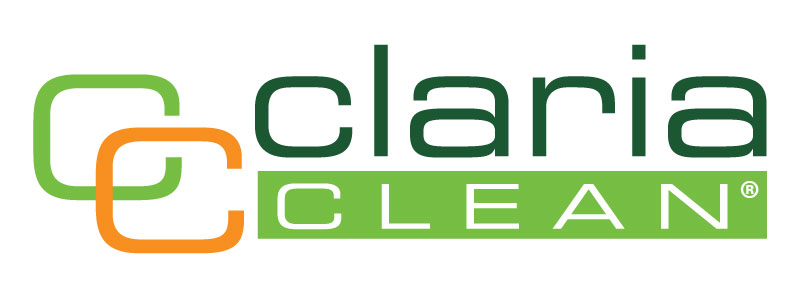Tactics to keep costs low and reduce building stress during the hot summer months from an experienced facilities manager.
What are three issues you most commonly deal with when the temperature starts to climb?
- First, the hotter months bring a lot of pollen, which clogs up our HVAC units. One of our main issues in summer is keeping the units free of pollen.
- Next, the library hosts a variety of popular public programs during the summer, so the influx of people puts stress on the building. We could go from having one hundred to a thousand people in the building at one time. From a HVAC standpoint, adding that much heat into the building while simultaneously trying to cool it down places a strain on the system.
- Finally, when it’s hot outside and cool indoors, the very fact of the doors opening and closing makes the temperature at the front of the building difficult to stabilize. The heat and humidity will enter the open doors and impact the temperature regardless.
How do you address those issues?
One of the tactics we’ve been using to combat stress on the building is programming coordination with other departments at the Library. When we know roughly how many people to expect in the building at a given time, we can prepare to schedule additional cleaning surrounding the events, traffic control, and miscellaneous tasks like emptying trash cans. Prior planning alleviates stress on the building so we’re prepared to handle the crowds as they come. In terms of cooling the building, we try to ensure the systems are running at their best.
What HVAC updates have you made since working at the Library and what impact have they made?
I have worked at the Library for three years, and when I came on, many of our units were at end-of-life. We undertook an intensive capital project of unit replacement.
We have instituted a number of other changes including installing more efficient air filters and auto-changeover thermostats.
We also instituted a policy of central control of the thermostats – now, the staff must request a change in temperature from the facility department, instead of allowing just anyone to touch it. We’ve worked on air balancing and added destratification fans to move the air around. Lastly, I sent a technician to professional training, so we have someone in-house to assist us in case the vendor is booked up.
What are some tactics you utilize to keep costs down during the hot months?
One tactic that has helped cut costs is switching to LED lighting, which minimizes the heat produced by the lights.
But the most influential step has been unit replacement – before that, in the summer, we were plagued with technical problems, and we funneled thousands of dollars into equipment that was twenty years old. While replacing the units was a big cost up-front, now we do primarily preventative maintenance. It’s not a constant battle. Since my arrival at the Library, our maintenance costs have decreased significantly.
How do your general priorities shift in the summer, as opposed to the wintertime?
From a facility standpoint, our project schedule is far more intense in summer. We lay low all winter, working on smaller indoor projects, then go full force in summer to get our projects completed before the end of the fiscal year. We plan window repairs, parking lot paving, landscaping, and roof repairs as soon as the cold weather subsides. And, of course, in the summer, keeping the building cool is a big priority.
Tell me a bit more about your background in facility management.
I received a Mechanical Engineering degree from Missouri University of Science & Technology, and I started out in Plant Engineering, which shares a lot of similarities with facility management but on a manufacturing plant. I worked in project management, and that led me into working for AT&T. I had everything under my belt – telecommunications, facilities, and actual telephone systems. When I left AT&T, I returned to the sphere of facilities management. About a year and a half ago, I received my certification as a facility management professional through IFMA. I have been at my current position at the Library for almost three years, and I’m proud of the progress we’ve made.

